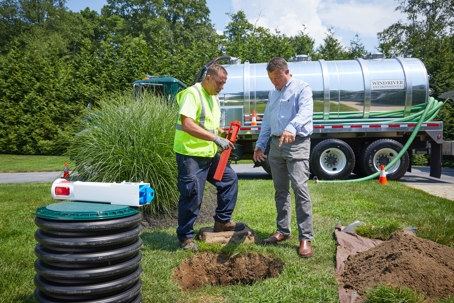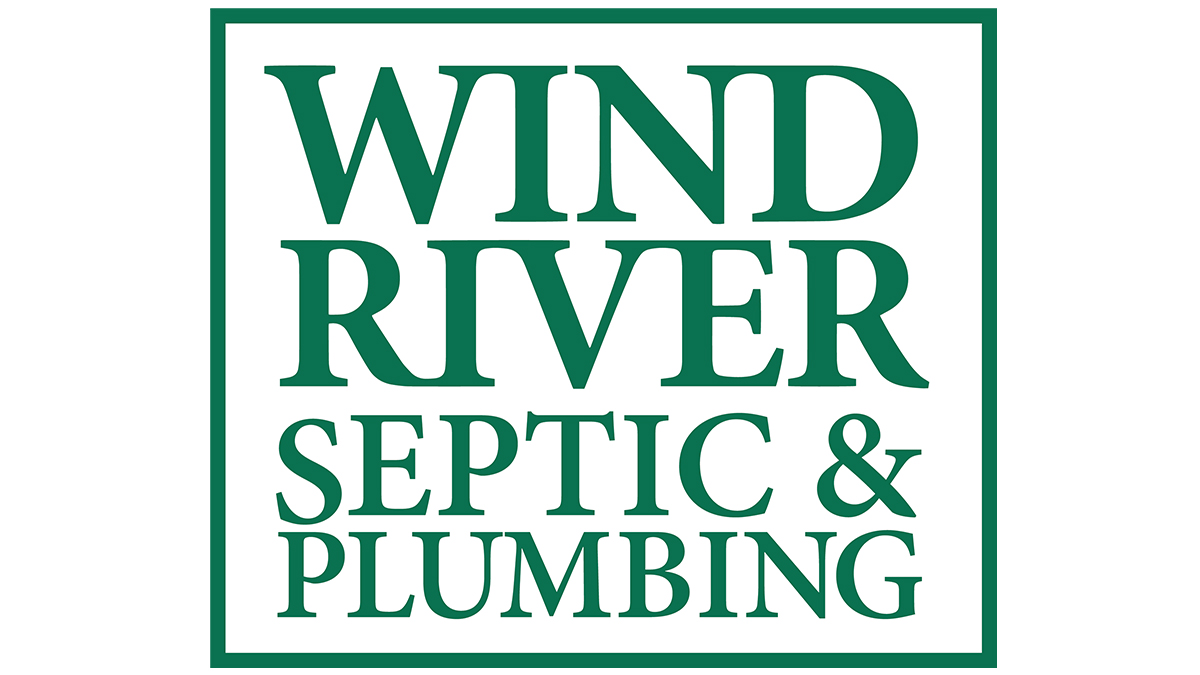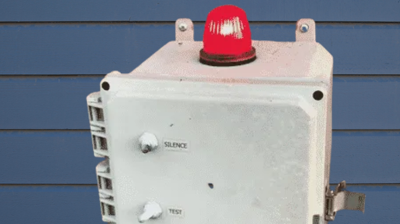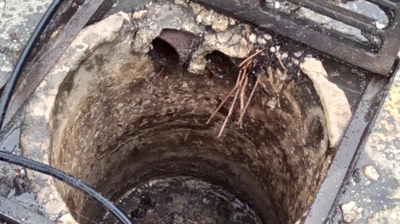Just like with aerobic and anaerobic exercise, these terms when applied to septic also relate to oxygen but refer to bacteria. Aerobic bacteria need oxygen to live, and anaerobic do not. Both, however, are essential for breaking down waste in septic treatment systems. It may seem strange to think about microorganisms as cleaning agents, but we actually need these little guys to do a dirty but important job.
Anaerobic Septic Systems
What is an anaerobic septic system?
An anaerobic septic system is a rural wastewater treatment system that relies on bacteria that don't need oxygen. Usually used for high-strength industrial wastewater with high concentrations of biodegradable organic matter, this method is energy efficient, requires fewer chemicals, and costs less than aerobic systems.
How do anaerobic septic systems work?
Anaerobic digestion is a process where bacteria transforms solid waste into renewable energy. When water goes down your drain or is flushed away in the toilet, it enters your airtight septic tank, where anaerobic bacteria break down solids. Liquids flow to a leach field where they seep into the soil.
Do anaerobic septic systems need to be pumped?
Yes, anaerobic septic systems still need pumping every 3-5 years. Solids build up in the tank that bacteria can't break down, and pumping removes this to keep the system working properly.
How long do anaerobic septic systems last?
Anaerobic septic systems typically last 20-40 years, with good maintenance extending their lifespan. The tank itself can last even longer if pumped regularly. However, the drain field, which treats the wastewater, has a shorter lifespan of 15-25 years.
Aerobic Septic Systems
What is an aerobic septic system?
An aerobic septic system is a wastewater treatment option that uses oxygen to break down waste more efficiently than a standard septic system. Think of it as having tiny air bubbles helping hungry bacteria gobble up waste! This allows for smaller drain fields and is better suited for certain soil conditions. However, they have moving parts that require electricity and more maintenance.
How do aerobic septic systems work?
Aerobic septic systems treat wastewater using oxygen. They include a pre-treatment tank to separate solids, an aeration chamber where an air pump introduces oxygen to encourage aerobic bacteria to break down waste, and a settling tank to further separate and clarify the treated water. Finally, the water is disinfected, often with chlorine, before being dispersed into the soil. This process results in cleaner effluent compared to traditional septic systems.
What's the difference between traditional septic systems and aerobic septic systems?
In traditional septic systems, once wastewater leaves the septic tank, it flows to the leach field where oxygen-loving bacteria go to work. As the effluent is pulled downward by gravity, aerobic bacteria in the soil kill harmful components in the effluent before it joins clean groundwater. It’s for this reason, your soil needs to be in good condition with the correct pH.
Aerobic treatment systems (ATS) include fixed film systems, continuous flow systems, retrofit systems and composting toilets. The main difference between an ATS and a traditional septic system is that it produces a higher quality effluent and requires a smaller leach field.
So Which is Better, Aerobic or Anaerobic Septic Systems?
The choice between aerobic and anaerobic septic systems depends on various factors, including environmental conditions, regulatory requirements, and personal preferences. Aerobic systems are generally better for environmentally sensitive areas, poor soil conditions, and when higher treatment quality is required. Anaerobic systems are better for areas with suitable soil conditions, limited budgets, and where simplicity and lower maintenance are preferred. Consulting with a local septic system professional like Wind River can help you make the best choice based on your specific circumstances.
Take Care of Your Bacteria!
Since aerobic and anaerobic bacteria do so much, it’s important you do all you can to ensure these microorganisms thrive. We recommend avoiding the use of anti-bacterial soaps, bleach, ammonia and other harsh chemicals because they kill the good bacteria in your septic tank. Instead stick with green, biodegradable brands, and try natural cleaners like baking soda, lemon and vinegar.
To learn more about this topic or other wastewater issues, contact Wind River Environmental.





.2506260734265.png)
